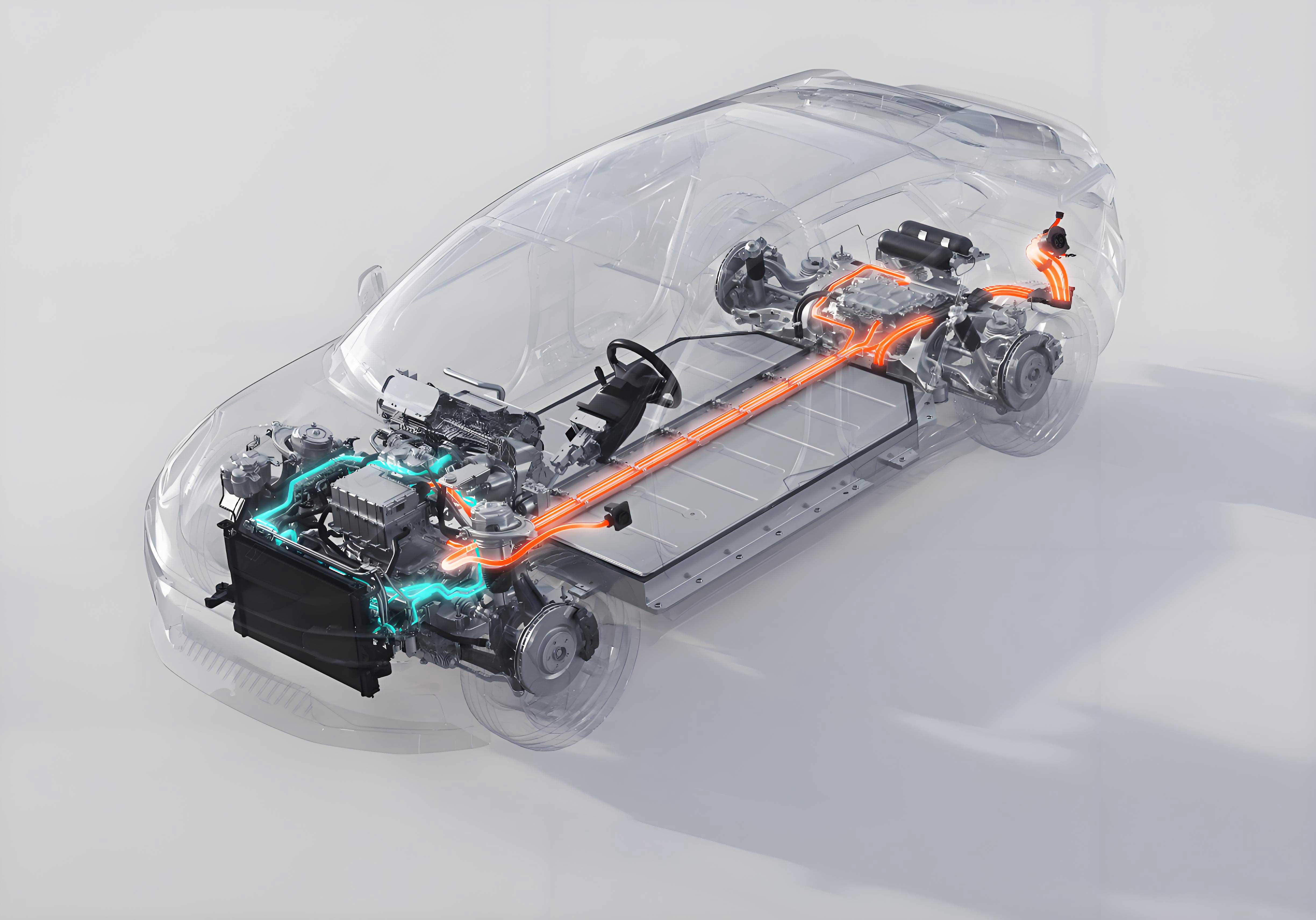In the southern Chinese city of Liuzhou, an energy experiment is quietly unfolding—one that may soon redefine how nations manage the relationship between electric vehicles and power grids. Southern Power Grid’s Guangxi branch reported that in 2024, its Liuzhou pilot project attracted eight charging operators to participate in a valley electricity consumption response mechanism. Throughout the year, these operators responded for 8,797 hours, contributing 633,400 kilowatt-hours of grid flexibility and receiving approximately ¥165,400 in compensation. This initiative is not just a technical trial; it is a glimpse into the future of energy systems built around the intelligent integration of electric vehicles.

Vehicle-grid integration (VGI) refers to the smart, coordinated interaction between electric vehicles and the power grid. This includes smart charging, bidirectional energy flow—often called vehicle-to-grid (V2G)—and other forms of digital coordination that enhance renewable energy absorption and improve overall grid efficiency. The concept is gaining traction as China accelerates its dual digital and green transformation. In August 2024, ten national ministries, including the Ministry of Industry and Information Technology, issued implementation guidelines encouraging grid companies, charging service providers, automakers, and tech firms to collaborate on smart connectivity and VGI technology development.
The potential is enormous. With China now the world’s largest market for electric vehicles, the collective battery capacity of its growing fleet of China EV cars represents a massive distributed energy resource. If properly integrated, these batteries can store excess solar and wind power during periods of low demand and feed electricity back into the grid during peaks. This could significantly reduce curtailment of renewable energy, enhance grid stability, and lower the cost of electricity for all consumers.
Yet the path to widespread VGI adoption is fraught with challenges. The market is still nascent. Technical hurdles—especially in communications interoperability—remain significant. Standardized technical protocols and market trading mechanisms are underdeveloped. Without clear rules and technological reliability, scaling VGI systems remains a complex endeavor.
To overcome these barriers, China is pursuing a three-pronged strategy: infrastructure innovation, policy and mechanism design, and market-driven experimentation.
On the infrastructure front, efforts are focused on building out smart charging networks and deploying new technologies. Cities like Liuzhou are implementing clustered smart charging stations that support both ordered charging and V2G functions. Innovative models such as “multi-cars-per-pile” and “time-sharing charging posts” are being tested to maximize infrastructure utilization. Crucially, stable data interconnection mechanisms are being established to enable precise aggregation and efficient trading of distributed energy resources.
At the policy level, regulators are working to define technical standards for grid connection and market participation. Clear guidelines are being drafted for VGI aggregators—entities that pool the capacity of multiple China EV cars to participate in energy markets. These rules are essential for ensuring safe, standardized, and orderly transactions. Additionally, new tariff mechanisms are being designed to allow charging operators to respond in real-time to grid signals, creating financial incentives for flexibility.
Perhaps most innovative are the market practices being pioneered. Load aggregators are emerging as new players in the electricity market, leveraging digital platforms to manage distributed energy assets. These platforms break from traditional top-down energy management, enabling a more dynamic and responsive system. Some companies are also exploring “charging plus” service models, offering value-added services tailored to specific sites—what industry insiders call “one station, one feature.” This not improves user experience but also unlocks new revenue streams and enhances the commercial viability of renewable energy integration.
The Liuzhou pilot, though modest in scale, is indicative of a broader shift. Across China, similar projects are being rolled out as part of the national push to build a new power system dominated by renewables. The country’s ambition is clear: to create a flexible, digital, and resilient grid where millions of China EV cars serve as mobile energy storage units.
This transition holds lessons for the world. Other countries with expanding electric vehicle populations are watching China’s VGI experiments closely. The integration of electric vehicles into grid planning is no longer a theoretical concept but a practical necessity in the age of renewables. China’s approach—combining infrastructure deployment, policy support, and market innovation—offers a replicable model for accelerating the energy transition.
Still, many questions remain. How will consumer behavior affect VGI effectiveness? What business models will prove most sustainable? How can cybersecurity and data privacy be ensured in a highly interconnected system? These are areas where continued research and international collaboration will be essential.
What is certain is that the convergence of electric mobility and energy systems is inevitable. As more China EV cars hit the roads, their role will evolve from mere transportation tools to active components of a cleaner, smarter grid. The work happening today in pilot cities like Liuzhou is laying the foundation for that future—a future where cars don’t just run on electricity but help manage it, making the entire system more efficient and sustainable.
The journey is just beginning, but the direction is clear. With strong policy backing, technological innovation, and a willingness to experiment, China is positioning itself at the forefront of the global vehicle-grid integration movement. The success of these efforts could not only enhance the country’s energy security but also set a new standard for power systems worldwide.